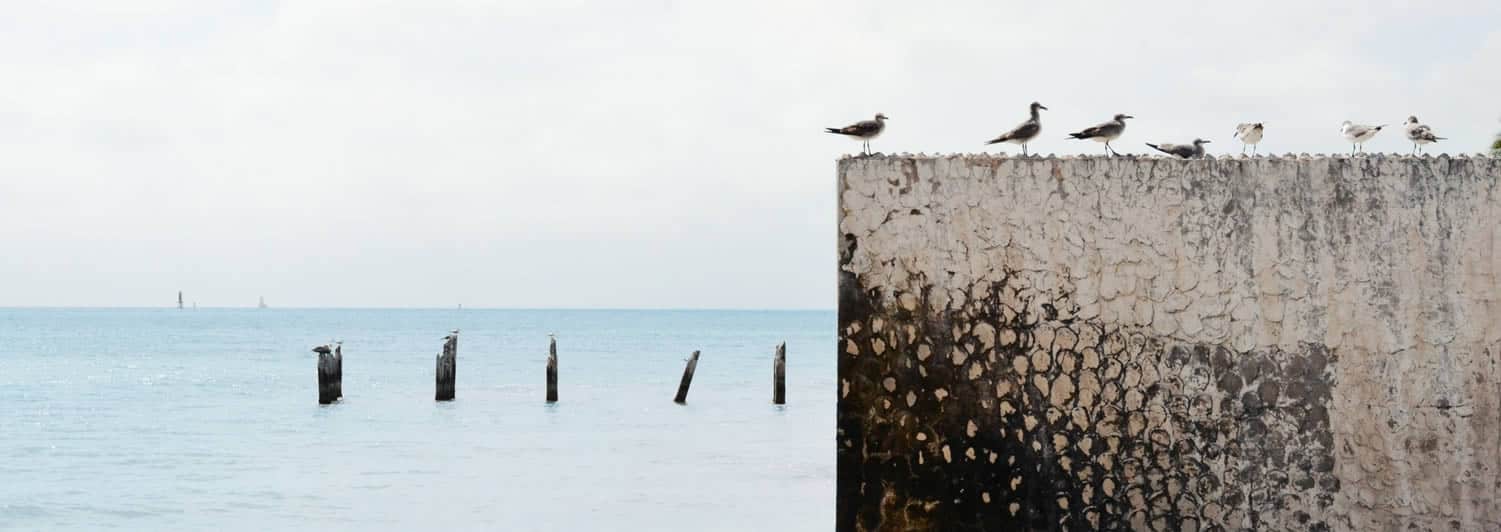I am an admirer of simplicity in both design and life. Note that I said admirer, not necessarily always a practitioner. I do feel that it is often a desirable characteristic, especially when it comes to website design. As a web designer, achieving simplicity is not always an easy task. For me, it oftentimes is more about stripping away the clutter until I am left with the essential.
No one who knows me would describe me as a minimalist. In my home I continually strive to whittle down the ‘stuff’ that seems to come with having a very active, sociable household. Every so often, I’ll look around the family room and become overcome with anxiety and feel like I just can’t think straight with all of the messiness, however happy it is! My brain won’t relax and it is hard for me to focus on any singular task before me. I just can’t think clearly with so many things vying for my attention.
I, like many others, behave similarly when faced with a busy, cluttered website. When there are too many elements on a webpage competing for my attention, I am unable to focus. My brain short-circuits and off I go clicking my way through the web.
Inherently, simplicity in website design lends itself to ease of use, and an intuitive navigational structure will bring focus to critical website content. Design should never fight for users’ attention. Good website designs will draw users in with proper emphasis on various elements, encouraging them to further explore your website.
And of course, it is beautiful.
Simplicity naturally lends itself to minimalist designs and is certainly an online trend right now, with good reason. Research supports the assertion that the aesthetic of these sites are user-friendly. But while I love beautiful nothingness, it isn’t always ideal when it comes to optimizing the content of your site for search engines! There is a balance that we always strive to achieve, taking each client’s needs into consideration.
– Albert Einstein


